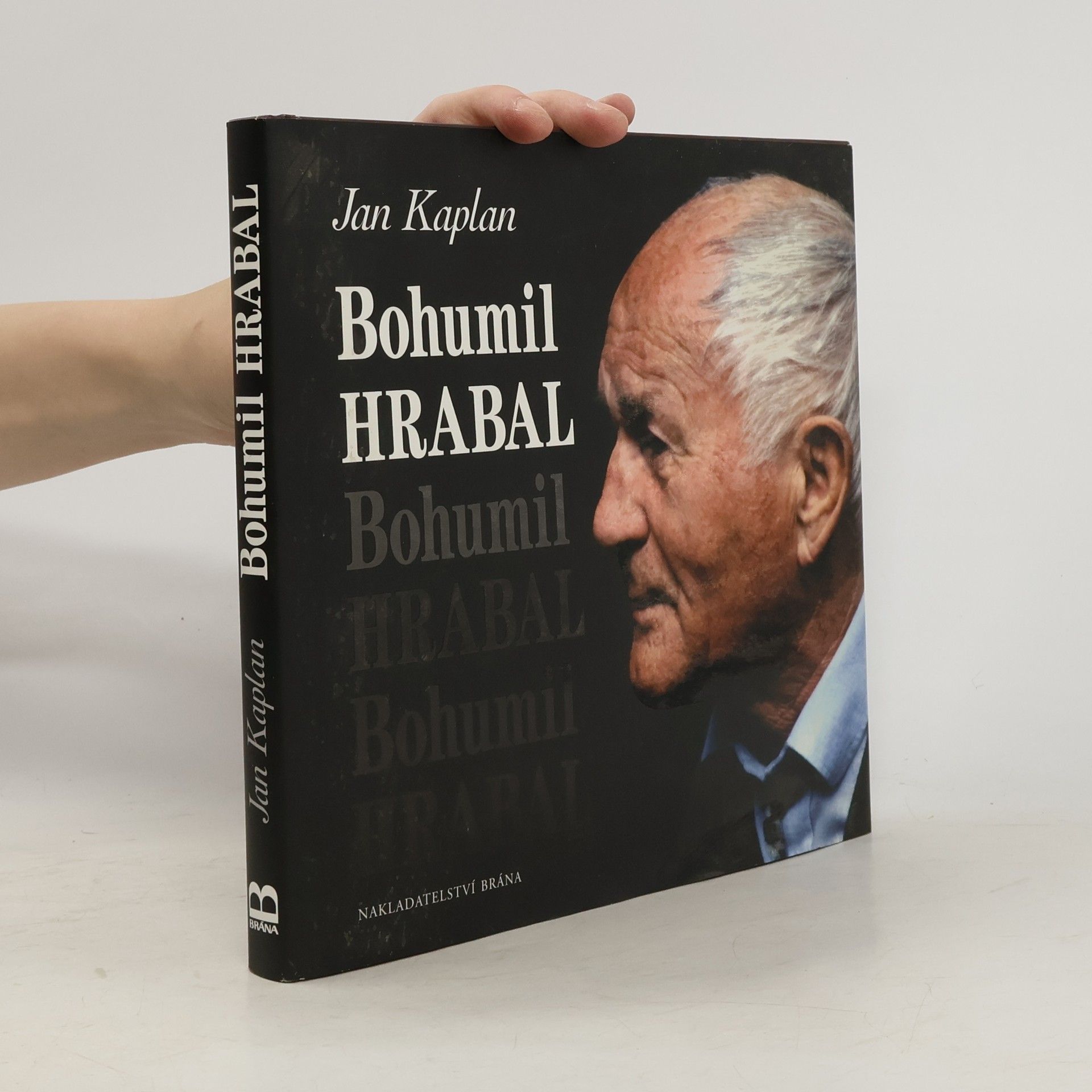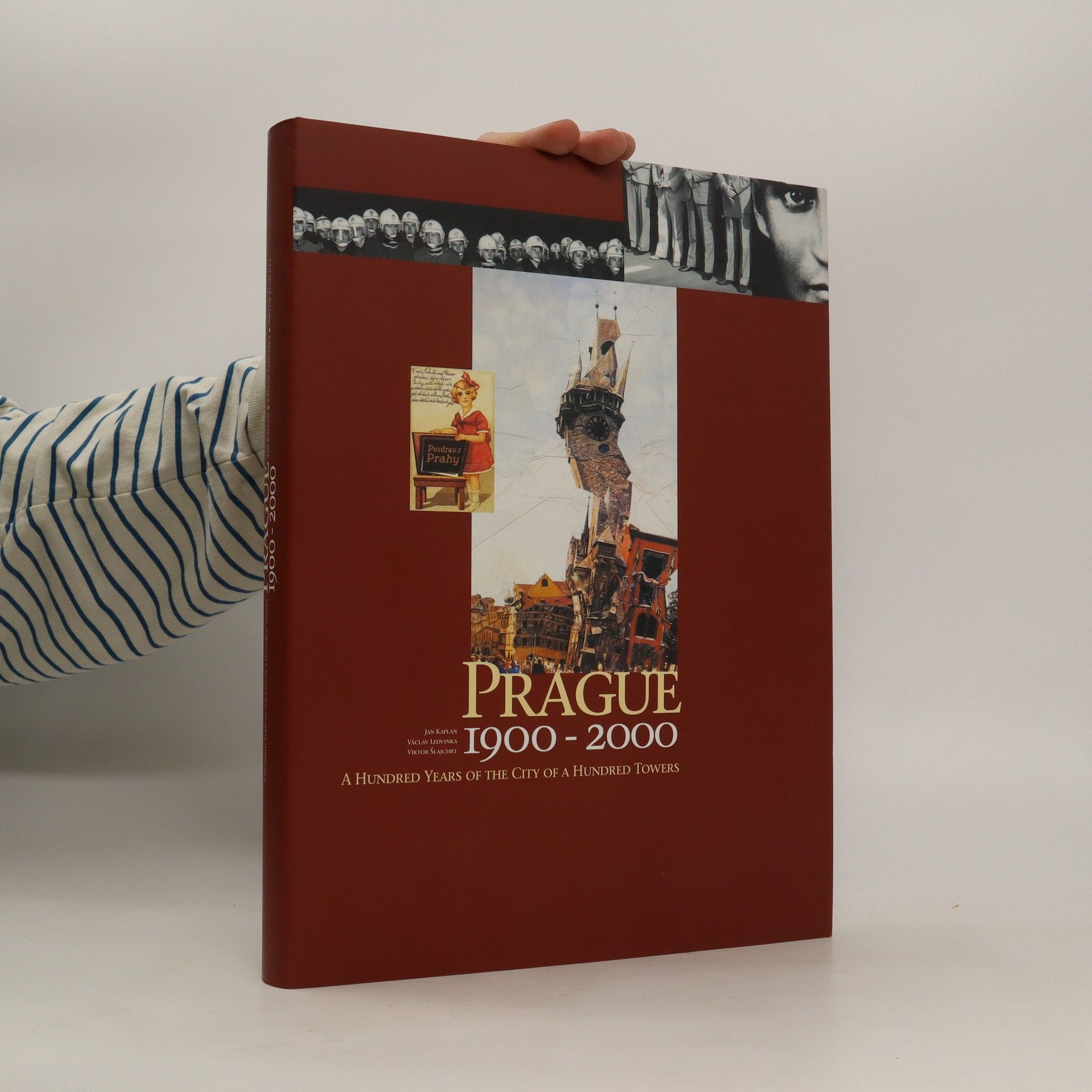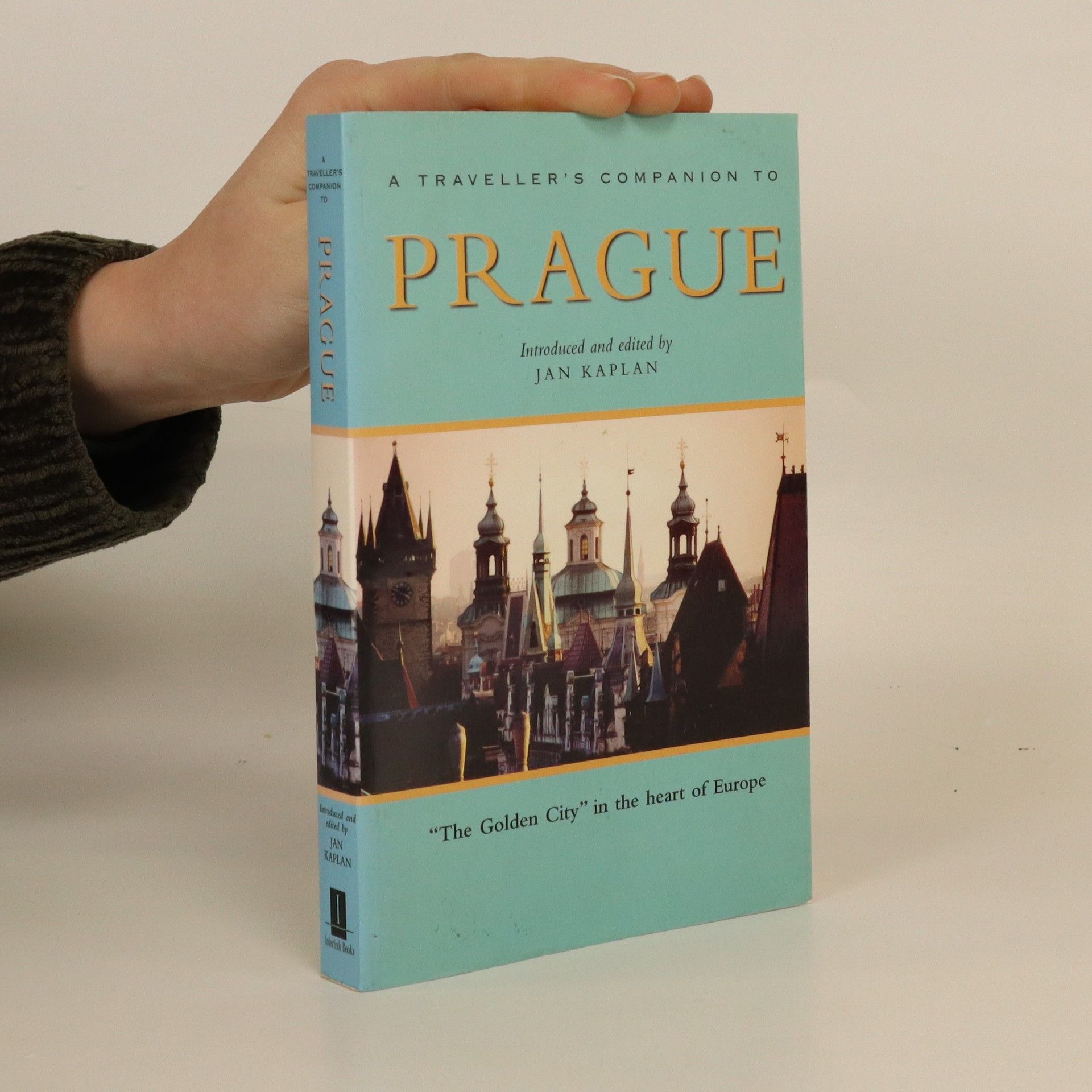Praha = Prag = Prague: The turbulent century = das turbulente Jahrhundert = le siècle turbulent
- 360pages
- 13 heures de lecture







A richly illustrated album-style history of Prague under Nazi occupation. Ch. 5 (pp. 113-134), "The Prague Jews, " relates to the introduction of anti-Jewish laws and segregation of the Jews in 1939-41, resettlement of Czech Jews, deportations to Theresienstadt and to Poland, and destruction and looting of Jewish communal and private property. Describes, also, the Theresienstadt ghetto, a "show ghetto" aimed to deceive the world concerning the fate of the Jews. States that of 39,395 Jews deported from Prague to Theresienstadt, 31,709 perished. Of the 92,199 Jews who lived in Bohemia and Moravia in 1941, only 14,045 survived. (From the Bibliography of the Vidal Sassoon International Center for the Study of Antisemitism)
"The City of a Hundred Spires" revealed through letters, diaries and memoirs from medieval to modern times Built on the banks of the meandering river Moldau, Prague has for centuries been an inspiration to artists and writers, inhabitants and visitors, many of whom have declared the "hundred-towered" city to be one of the most beautiful in the world, though one with a turbulent history. Jan Kaplan’s selection from letters, diaries, memoirs and anecdotes brilliantly evokes both the city’s exhilarating creative power, so impressively visible in its buildings and art treasures, and the many tragic events played out in its streets through the centuries. Here are eyewitness accounts of the sermons of Jan Hus, Czech forerunner of the German Reformation, the Defenestrations of Prague, beginning in 1419, the premiere night of Mozart’s opera Don Giovanni in 1787, and the invasions and political upheavals of the 20th century. There are personal reflections from Petrarch, John Dee, Goethe, Horatio Nelson, Frederic Chopin, Hans Christian Andersen, George Eliot, Jan Neruda, Thomas Carlyle, Hector Berlioz, Auguste Rodin, Rainer Maria Rilke, Jaroslav Seifert, Karel Capek, Graham Greene, Václav Havel, Franz Kafka, Ladislav Klíma, and more. Together they powerfully conjure up the magic of the enduring city.
Kniha "Prague 1900-2000 A" spadá do žánru Ostatní. Autorem je Kaplan Jan. Jedná se o počin nakladatelství "Gallery" z roku 1999. Přejeme příjemné čtení.
Dokumentarista a filmový režisér Jan Kaplan, který už po řadu desetiletí žije a tvoří ve Velké Británii, se v 60. letech s Bohumilem Hrabalem setkal ještě jako student ve spisovatelově příbytku v libeňské ulici Na Hrázi č. 24, který navštívil se spolužákem Michalem Ajvazem. Tehdy Kaplan ještě jistě netušil, že v roce 1990 Hrabalovi poslouží jako průvodce v Londýně. Dnes česko-britský režisér na tento neobyčejný den vzpomíná, jako by to bylo teprve včera. Stejný pocit má i při vzpomínce na poslední setkání se spisovatelem na podzim 1996 v pivnici U Zlatého tygra, kde Bohumila Hrabala vyfotografoval u jeho obvyklého stolu. Jeho portrét visí v pivnici dodnes a je jedním z množství doposud nepublikovaných snímků, které čtenáři najdou v této knížce, vydané ke stému výročí Hrabalova narození.
Sto roků stověžatého města. Výpravná publikace prostřednictvím množství fotografií, reprodukcí výtvarných děl a plakátů na křídovém papíru, které doplňuje doprovodný text, přibližuje historii a život Prahy tak jak se vyvíjely v průběhu 20. století. Praha 1900-2000. Formát: 32 x 24cm,
Mimořádný dokument o nejtěžším období moderních českých dějin.
V době, kdy byly Mariánské Lázně na vrcholu slávy, jezdil do nich výkvět světové elity a inkognito také anglický král Eduard VII. Nejen aby bral kúru na zhubnutí, ale také aby omládl, neb jak známo, tento světácký monarcha měl notorickou zálibu v ženách. A že to byla doba anarchistických atentátů, hrozilo každým dnem nebezpečí, že noviny přinesou palcový titulek o smrti další korunované hlavy. Lehce eroticky laděný román je fascinující pohlednicí ze života v těchto lázních počátkem 20. století.
Na przełomie XIX i XX wieku Londyn był stolicą największego i najbogatszego imperium w dziejach świata. Stał się areną postępu materialnego, intelektualnego i moralnego. Pojawiły się: fotografia i „ruchome obrazki”, „bezkonne powozy” i metro napędzane parą, która „śmierdzi jak oddech krokodyla”. Londyn epoki wiktoriańskiej przyciąga „niesamowitym urokiem” pisarzy, malarzy, kompozytorów i aktorów. Są wśród nich Chopin, Norwid, Modrzejewska i Conrad. Miasto ma jednak także swoją ciemną stronę. W ponurej dzielnicy Whitechapel grasuje Kuba Rozpruwacz. Niejaki doktor Crippen mgliście opowiada o nagłym zaginięciu żony. Gdy policja dokona makabrycznego odkrycia, on będzie już na statku do Kanady. O jego losach przesądzi nowy wynalazek – telegraf. W kamienicy przy Baker Street 221B siedzi w fotelu, pykając fajkę, najsłynniejszy detektyw świata: Sherlock Holmes. Kiedy umiera, mężczyźni zakładają czarne opaski, kobiety czarne welony. Londyńska żałoba trwa tak długo, że Conan Doyle jest zmuszony wskrzesić swego bohatera.